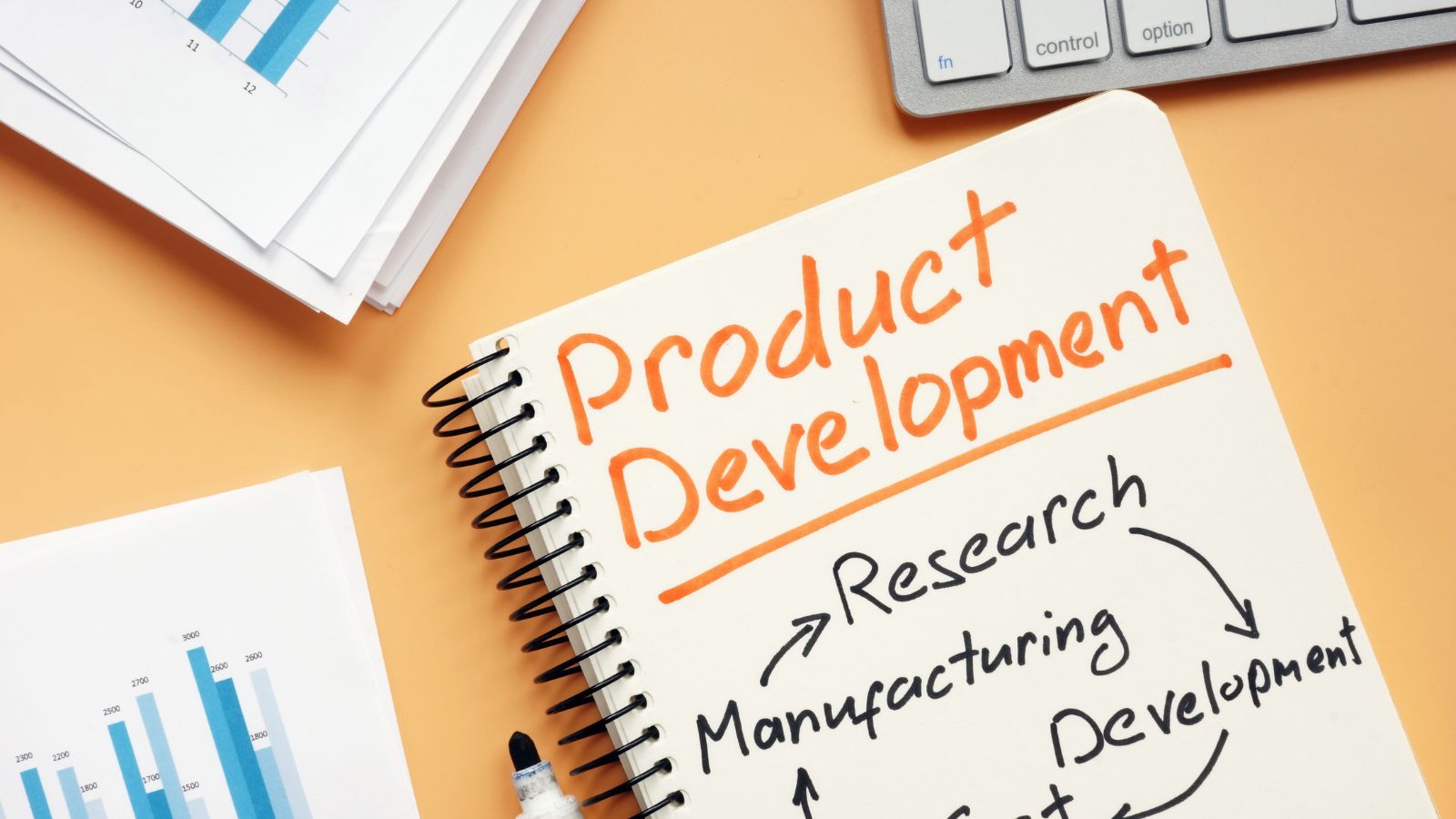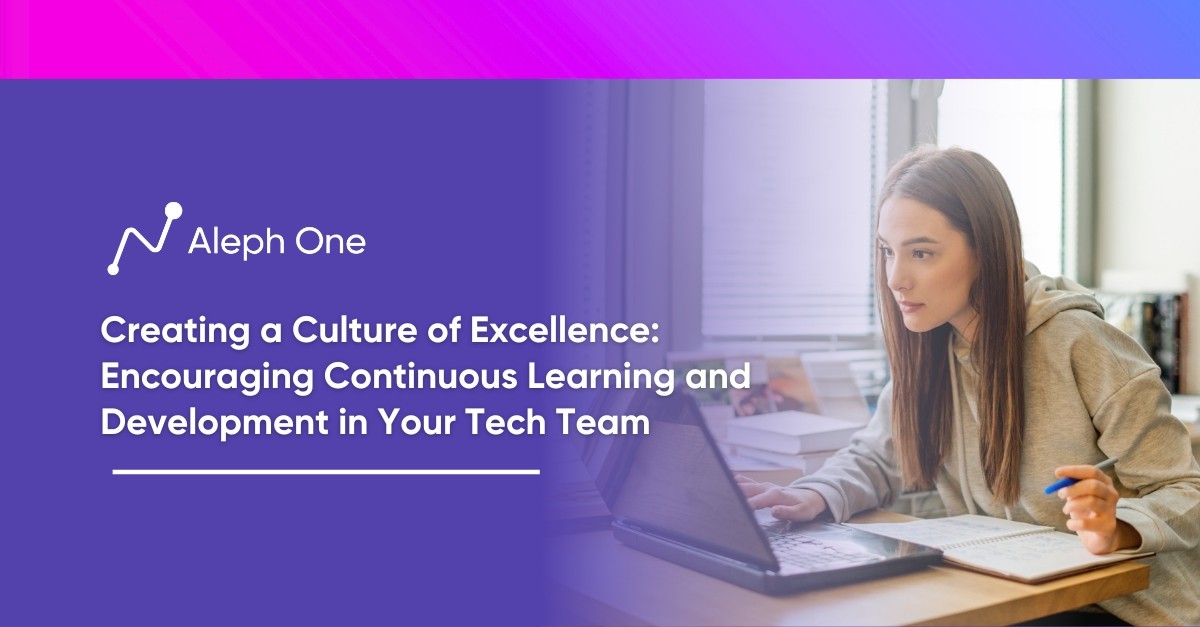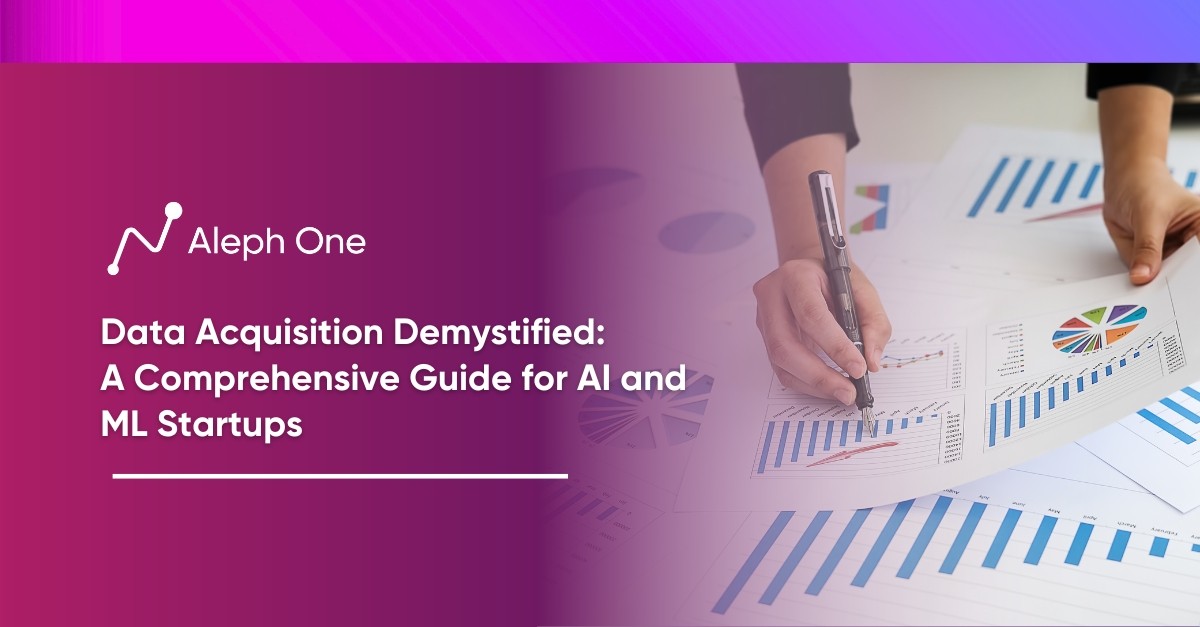Let’s work together to build something amazing. Share your project details and our team will reply to figure out the next steps to your success.

Companies are harnessing the collective intelligence of crowds to redefine how they approach research, development, and marketing of new products. This shift is founded on modern successes, such as GoldCorp’s Goldcorp Challenge in 2000, demonstrating the power of crowdsourcing to solve complex problems. This article goes into crowdsourced product development, exploring its benefits, challenges, best practices, and future potentials as companies tap into the diverse perspectives and creativity of the crowd to drive innovation in the startup world.

How Collective Intelligence is Transforming Product Innovation
We live in an era defined by the demand-driven economy. Thanks to technologies like social media, consumers today have more influence over the products and services that companies develop. Companies are tapping into the “wisdom of the crowd” through crowdsourcing to meet customer needs and gain a competitive edge.
Leverages Collective Intelligence
Crowdsourcing leverages the collective intelligence of a large group of people to solve problems, gain new insights, and drive innovation. While the concept has existed for centuries, the rise of online communities and marketplaces has made crowdsourcing more powerful and accessible.
GoldCorp Challenge
In the business world, crowdsourcing achieved prominence through GoldCorp’s successful Goldcorp Challenge. In 2000, the gold mining company posted its geological data online and offered $500,000 for solutions to help uncover new gold deposits. The contest led to new insights that helped GoldCorp discover over $3 billion in new gold reserves.
Crowdsourcing Solving Complex Problems
The success of these pioneering initiatives demonstrated the power of crowdsourcing to solve complex problems. Today, many companies are embracing crowdsourcing as a way to accelerate innovation. They are tapping into the knowledge and creativity of crowds to develop new products, improve customer experience, optimize operations, and more.
Crowdsourcing is transforming how companies research, develop, and market new products. By leveraging the collective intelligence of crowds, companies can access new ideas, solve problems faster, and reduce costs. The rise of crowdsourcing is disrupting traditional product development cycles and enabling more demand-driven innovation.
Why Companies are Embracing the Crowd
Companies increasingly turn to crowdsourcing to gain a competitive advantage through product innovation. By tapping into the collective intelligence of crowds, companies can access new ideas, solve problems faster, and reduce costs.
Tap Into Diverse Knowledge and Perspectives
Access to new ideas is one of the most significant benefits of crowdsourcing for companies. Crowdsourcing allows companies to tap into diverse knowledge and perspectives outside the company. People from various backgrounds, experiences, and geographic locations can provide novel solutions that internal teams may have yet to consider. For example, when Netflix offered a $1 million prize for improving their movie recommendation algorithm, they received over 40,000 submissions from contestants spanning over 100 countries. The winning team devised an algorithm that was 10% more accurate than Netflix’s own.
Accelerates Problem-solving Process
Crowdsourcing also accelerates the problem-solving process through the parallel processing of ideas. With many minds simultaneously working on the same problem, solutions can emerge faster than relying on internal teams alone. When Procter & Gamble wanted to improve the applicator for their Olay Regenerist Eye Lifting Serum, they turned to crowdsourcing. External solvers submitted over 1,000 design ideas in under a week, allowing P&G to identify and select a solution much quicker than their usual process.
Low-cost Way to Solve Problems
Finally, crowdsourcing is a low-cost way for companies to access new ideas and solve problems. By tapping into volunteers, companies can get input and solutions for a fraction of the cost of relying solely on internal R&D teams. For example, when LEGO wanted to create a programmable brick for robotics, they turned to an open call to “Mindstorms” volunteers. The top submissions were developed into a commercial LEGO product that became one of LEGO’s most successful and continues to sell today, over 20 years later.
Crowdsourcing allows companies to gain access to new ideas, accelerate problem-solving, and reduce costs. By leveraging the collective intelligence of crowds, companies can overcome the limitations of internal teams alone and gain a competitive advantage through product innovation. Crowdsourcing is becoming necessary for companies to embrace to compete in today’s fast-paced business environment.
How Leading Companies are Leveraging the Crowd
Some of the world’s most innovative companies are tapping into the power of crowdsourcing to improve their products and services. P&G, Netflix, and LEGO are leaders that have built successful crowdsourcing initiatives.
P&G – Connect+Develop Program
Through its Connect+Develop program, P&G invites individuals, startups, and companies to propose new product ideas. P&G receives over 10,000 submissions annually and has commercialized hundreds of products from crowdsourced ideas, like the Swiffer Dusters and the Crest SpinBrush. By crowdsourcing, P&G accelerates innovation and gains valuable insights into customer needs.
Netflix – Improving Movie Recommendation Algorithm
Netflix offered a $1 million prize for improving its movie recommendation algorithm. The open competition attracted over 40,000 participants and led to a 10% improvement in the algorithm’s accuracy. While Netflix ultimately did not implement the winning solution, the contest demonstrated the power of crowdsourcing complex technical challenges. Netflix has continued to host open data science competitions to improve other areas of its service, like video tagging and content creation.
LEGO – Invited Customers to Design New Products
LEGO invited customers to design new product concepts through its LEGO Mindstorms robotics kit. The company received many creative ideas, with the best going into production. The LEGO Mindstorms NXT and EV3 kits have sold over 1 million units successfully. LEGO can develop highly engaging products tailored to their needs by co-creating with customers.
These examples highlight that crowdsourcing can yield significant benefits when implemented thoughtfully. The key lessons are:
- Choose high-impact challenges that are a strategic priority, not just an “extra” activity.
- Provide meaningful incentives and recognition for top contributors.
- Give the crowd clear guidance while allowing creative freedom.
- Be open to ideas that challenge internal assumptions
- View crowdsourcing as an ongoing collaboration rather than a one-time contest.
By following these principles, companies can leverage the crowd to gain a competitive advantage through product innovation.
The Pitfalls of Crowdsourcing and How to Avoid Them
While crowdsourcing offers many benefits, it also comes with significant risks and challenges that companies must know. Poorly designed crowdsourcing initiatives can yield lackluster results and even damage a brand. Some of the major pitfalls to watch out for include:
Poor Problem Definition
The problem presented to the crowd must be clearly defined and scoped for them to provide valuable solutions. Ambiguous or overly broad problem statements will elicit an unfocused array of difficult ideas to evaluate and implement. Companies should pilot their crowdsourcing challenges with a smaller group to refine the definition of the problem.
Lack of Confidentiality
Crowdsourcing, by definition, means sharing information with external groups, so companies must be careful not to reveal any proprietary or trade secret information. They should frame the problem in a way that masks any confidential details while still giving the crowd enough context to ideate effectively. Using non-disclosure agreements and screening participants are other ways to mitigate this risk.
Incentive Misalignment
The incentives offered to the crowd, whether monetary or non-monetary, must align with the company’s key objectives for the initiative. The resulting ideas may be off-target or unrealistic if the incentives motivate the wrong behavior or attract the wrong participants. The incentives should lead the crowd to provide high-quality, original ideas to solve the problem.
Lack of Following Through
Too often, companies launch crowdsourcing campaigns to much fanfare but fail to implement any resulting ideas. This frustrates participants who took the time to contribute, damages the brand’s credibility, and discourages future participation. Companies must transparently evaluate submissions and fully commit to piloting or implementing the best solutions the crowd provides.
To overcome these challenges, companies must carefully design their crowdsourcing programs, learn from others’ best practices, and be open to revising their processes based on experience. With the right approach, crowdsourcing can yield significant benefits while avoiding common pitfalls. Executed well, it can become an ongoing source of competitive advantage.
A Blueprint for Running a Successful Crowdsourcing Campaign
To leverage the crowd effectively, companies must run crowdsourcing campaigns systematically. Here are some best practices:
Define the Problem Clearly
The crowd can only help solve the problem they understand. Companies should frame the problem in a specific yet open-ended way for creative solutions. Provide sufficient context and constraints to guide ideation.
Choose the Right Platform
Select a platform that matches the target audience and type of solutions sought. Platforms like Innocentive are suited for technical problems, while communities like LEGO’s Mindstorms attract hobbyists. Consider proprietary vs. public platforms, incentives, and voting mechanisms.
Attract the Right Participants
Define the target contributors, skills, and motivations. Then, recruit participants through social sharing, media coverage, partner networks, and influencer outreach. Provide meaningful incentives to motivate high-quality contributions.
Set Clear Rules and Guidelines
Explain the problem, solution requirements, intellectual property terms, voting process, and timeline to set expectations. Be transparent about how ideas will be evaluated to build trust in the community.
Evaluate Ideas Objectively
Establish a systematic process to review ideas against a predetermined set of criteria. Leverage both crowdsourced peer reviews and internal expert reviews. Consider quantitative metrics as well as qualitative factors.
Provide Feedback and Recognition
Share feedback and evaluation results with all contributors, not just the winners. Recognize top contributors through rankings, badges, and other forms of public acknowledgment. This encourages ongoing participation and loyalty.
HeroX – Crowdsources Solutions to Space Exploration
An example of a company that employed these best practices is HeroX, a NASA-funded platform that crowdsources solutions to space exploration challenges. Their Robotic Arm Challenge attracted over 600 submissions, and the winning designs are being considered for future missions. By defining a compelling problem, partnering with influencers, providing clear guidelines, and evaluating with a rigorous multi-stage review process, HeroX gained global participation and innovative solutions.
With a systematic approach, companies can benefit significantly through crowdsourcing product development. But the key is starting with a well-defined problem and implementing a transparent, engaging process to motivate the crowd.
The Future of Crowdsourced Innovation
Crowdsourcing will become even more critical for companies in the coming years. Research firms like Gartner predict continued growth in enterprise crowdsourcing as more companies tap into the collective intelligence of crowds to drive innovation. New technologies are also expanding the possibilities for crowdsourced product development.
Artificial Intelligence and Machine Learning
Artificial intelligence and machine learning enable new ways to aggregate, filter, and evaluate crowd contributions. AI can analyze submissions to identify patterns and insights that would be hard for humans to spot. It can also match crowd participants to open innovation challenges based on their expertise and interests. These AI-based approaches will allow companies to tap into the most relevant knowledge and ideas from crowds at scale.
Virtual and Augmented Reality
Virtual and augmented reality creates new opportunities for crowds to collaborate in simulated environments. With AR/VR, crowds can work together to design, prototype, and test new product concepts without needing to be in the same physical space. This could enable faster and more effective product design cycles where companies get real-time feedback from crowds on new ideas. Several companies are already experimenting with VR for collaborative product design and development.
Crowd Innovation
Crowd innovation is also expanding beyond traditional contests and campaigns. New crowdsourcing platforms are enabling companies to form long-term collaborative relationships with crowds. Top contributors can be invited to participate in follow-on challenges or join a company’s open innovation community. Over time, they develop a deeper understanding of the company’s priorities, products, and processes. This can lead to more valuable contributions and a closer connection between companies and their crowds.
Level Up Your Startup with Crowdsourcing
Crowdsourcing is becoming a core capability for companies to drive product innovation. By leveraging new technologies and best practices, companies can unlock the creative potential of crowds at scale. Those that build strong, collaborative relationships with their crowds will be best positioned to compete in today’s fast-paced, customer-driven economy. The future of product development is open, global, and powered by the crowd.
FAQ
The article mentions that crowdsourcing can lead to faster problem-solving, access to a wider range of ideas and reduced costs due to parallel processing of ideas. Can you share more case studies where this has proved to be true?
Apart from the examples in the article, there are several other instances where crowdsourcing has led to faster problem-solving and reduced costs. For example, Starbucks launched “My Starbucks Idea,” where customers can share their ideas to improve their experience. Over the years, numerous suggestions have been implemented, including mobile payment options. Another example is the NASA-run crowdsourcing initiative, which welcomes ideas and theories for exoplanet discovery. These examples, among others, demonstrate that crowdsourcing can indeed provide greater access to a diverse range of ideas, accelerate the pace of problem-solving, and minimize costs significantly.
We read about the successful examples of crowdsourcing by companies such as P&G;, Netflix, and LEGO. However, it would be interesting to know about the failures as well and the lessons learned from them. Can you elaborate on such instances?
Not every company achieves success through crowdsourcing. Dell’s IdeaStorm, launched for customers to share ideas for improving Dell’s products and services, initially faced a huge backlash because the company was unprepared for the massive negative feedback it received, especially regarding pre-installed software on their PCs. The key lesson from Dell’s experience is that companies should be prepared for both positive and negative feedback and include mechanisms to handle the latter effectively in their plan.
Can you discuss more on how AI and VR technologies are revolutionizing the crowdsourcing process and providing new opportunities for product innovation?
AI and VR technologies are indeed revolutionizing crowdsourcing. AI helps analyze vast amounts of data from crowdsourcing platforms in real time to identify patterns and useful insights, making the idea selection process easier and more efficient. VR, on the other hand, allows participants from different geographical locations to collaborate in simulated environments. They can prototype, test, and refine ideas without the need for physical resources. A few companies are already implementing these technologies. For instance, Ford used VR to virtually co-design a car with five people located in different places. Integrating advanced technologies makes the crowdsourcing process more interactive, effective, and result-oriented.
Get the latest news and updates from Aleph One in your inbox.



